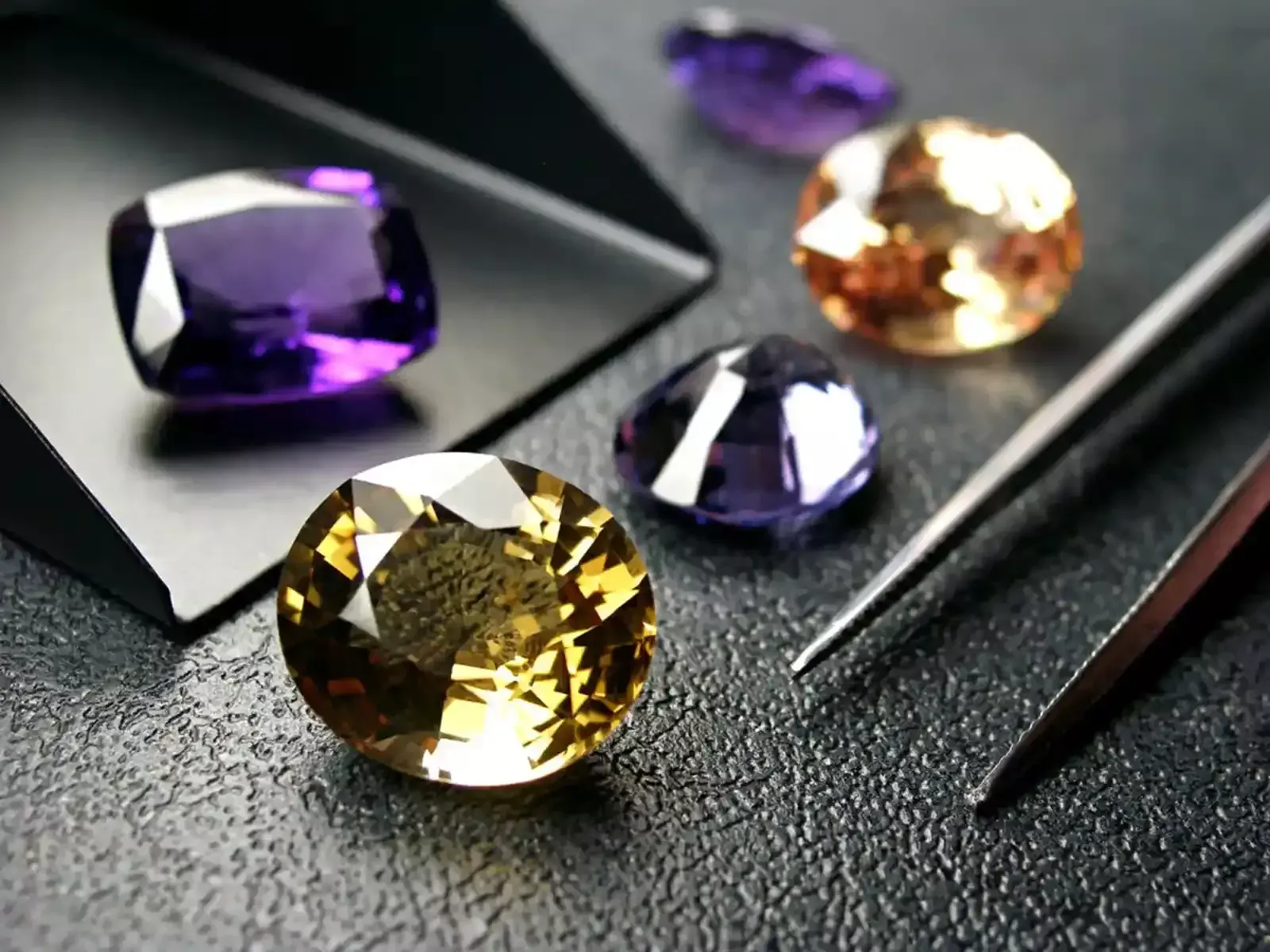Summary
India's gem and jewellery industry is dependent on imports for raw materials, including gold, diamonds, silver, and coloured gemstones.
Mumbai: Ahead of the Union Budget, the Gem and Jewellery Export Promotion Council (GJEPC) have urged the government to reduce import duty on gold and cut and polished diamonds to help the sector stay competitive globally.
India's gem and jewellery industry is dependent on imports for raw materials, including gold, diamonds, silver, and coloured gemstones.
The GJEPC seeks a reduction in import duty on precious metals to 4 per cent from the current 15 per cent. It demands bringing down customs duty on cut & polished diamonds to 2.5 per cent from 5 per cent at present.
The apex industry body stated that imposing higher import duty on cut and polished gemstones would lead to reduced exports, fewer employment generation in the jewellery industry thereby making survival difficult due to losing competitive edge to other competing countries like China and Thailand.
It urged the government to introduce the Diamond Imprest Licence again and cut import duties.
This will provide a level playing field for Indian MSME diamond exporters with that of their larger peers, stop flight of investment of Indian diamantaires to diamond mining destinations and give more employment in terms of diamond assorters and processing of semi-finished diamonds in the factories, the exporter's body added.
The Council has urged the government to consider its long pending demand for the sale of rough diamonds in Special Notified Zones (SNZs) through the Safe Harbour Rule and to expand the ambit of entities entitled to operate through SNZs. Currently, only viewing sessions are held by mining countries at SNZs.
The council also urged that the SNZ should be permitted to function as a Free Trade Warehousing Zone (FTWZ) too when it is not used by Foreign Mining Companies and entities so that the facilities created are fully utilised and the financial viability of the centres are maintained.
To further extend and expand the scope of SNZs, the GJEPC requested the government to also allow globally recognised diamond broking and trading houses to operate from such SNZs.
Such trading houses are the focal point for the sale of diamonds by smaller miners, which cumulatively comprise close to 35 per cent of the global mining produce, the apex industry body added.
Further, to maximise benefits from the India-UAE CEPA, the Council also recommended the introduction of a mechanism like "Rates and Taxes Refund" through EDI (Electronic Data Interchange) system similar to GST refund and the rate of refund should be aligned with the rates and taxes (that is Import Duty and GST) prevailing as on the day of export.
"Gem and jewellery exports have been facing a challenging time on account of the economic downturn in key export markets, geo-political concerns, supply and demand side constraints in the global diamond industry, and unavailability of precious metal in the country among others. Our pre-Budget proposals will facilitate easy access to raw materials for the industry especially for MSMEs," GJEPC chairman Vipul Shah said.
He said, by introducing a 'safe harbour rule' for the sale of rough diamonds in SNZs, India can become a trading hub like Dubai and Belgium and diamond manufacturers will not have to travel abroad to get access to these trading hubs.
He said the introduction of a Diamond Imprest License to 2.5 per cent will help cope with the impact of beneficiation policies undertaken in a number of natural diamond mining countries.
"This will give India a level playing field with competing countries like China, Vietnam and Sri Lanka. We are hopeful that with the additional support of the government in terms of reduction in import duty of precious metals and MOOWAR scheme for the gem and jewellery industry, the exports of gold jewellery will increase substantially in these challenging times," Shah added.
 Learn & Earn
Learn & Earn  Home
Home
